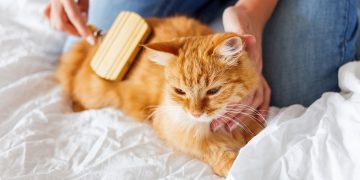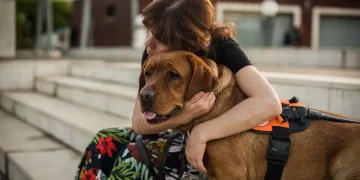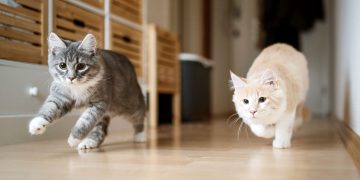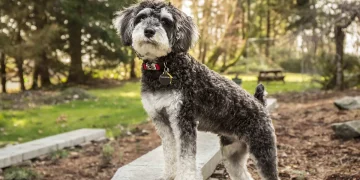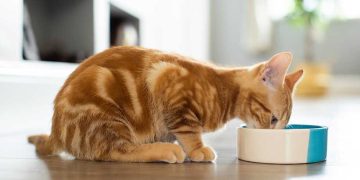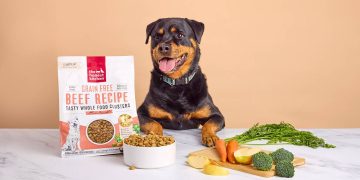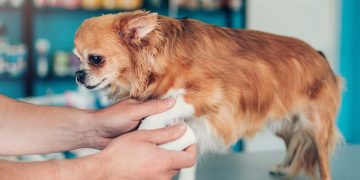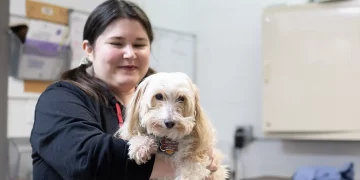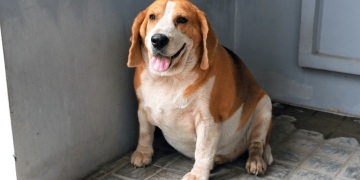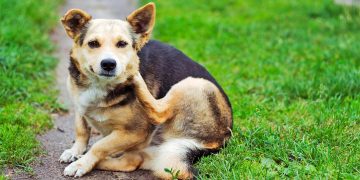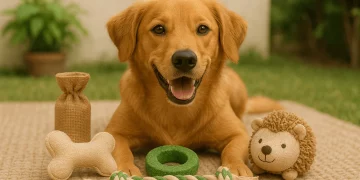Recovery Begins With the Bowl
When a pet comes home after surgery—whether it’s a routine spay/neuter, dental extraction, orthopedic repair, or emergency procedure—the first few meals become more than just nourishment. What your dog or cat eats post-operation can either support fast healing or contribute to inflammation, digestive distress, or complications. In this vulnerable period, nutrition needs to shift from “maintenance” to “therapeutic”—aiming to reduce swelling, rebuild tissue, and gently reawaken the digestive system.
Owners often find themselves wondering what’s safe, what’s risky, and how to coax their pet to eat at all. A proper post-surgical diet doesn’t just restore strength—it also helps minimize infection risk, stabilize blood sugar, and ensure the gut isn’t shocked into vomiting or diarrhea. From highly digestible formulas to protein-rich broths, feeding after surgery requires balance, patience, and attention to your pet’s specific type of procedure.
Inflammation Control: Calming the Internal Storm
All surgeries trigger some degree of inflammation. This is part of the body’s natural healing process, but too much can delay recovery or increase pain. To manage post-op swelling nutritionally, aim for anti-inflammatory ingredients that support cellular repair without taxing the liver or gut.
Key dietary strategies include:
- Lean proteins: Vital for tissue regeneration and immune support. Chicken, turkey, fish, or egg are gentle choices, ideally in easily digestible form.
- Omega-3 fatty acids: Found in fish oil (salmon, sardine, anchovy), omega-3s help reduce systemic inflammation and support joint recovery after orthopedic surgery.
- Antioxidants: Vitamins C and E (present in small amounts in fruits or supplemented formulations) can assist in neutralizing free radicals generated during surgical stress.
- Curcumin or turmeric (veterinary-approved): A mild anti-inflammatory supplement sometimes used under supervision.
Avoid pro-inflammatory ingredients like high-fat meats, processed treats, or excessive carbohydrates, especially in cats. Feeding nutrient-dense but low-irritant meals is key in the first 5–7 days.
Tissue Repair: Fueling Regrowth Safely
After incisions, sutures, or internal manipulation, the body must quickly regenerate tissue and strengthen weakened structures. This is where amino acids, micronutrients, and adequate calories become essential.
Post-surgical pets require:
- High-quality protein: More than usual, but not from rich or greasy sources. Soft-boiled chicken, cottage cheese (if tolerated), bone broth, and hydrolyzed proteins are common choices.
- Zinc, iron, and selenium: Crucial for immune response and wound healing. Many recovery diets include chelated minerals to improve absorption.
- B-vitamins and folate: Often lost due to anesthesia or stress; help support energy metabolism and cell repair.
- L-glutamine: An amino acid used by intestinal cells and the immune system. Especially helpful after abdominal surgery.
Feeding multiple small meals rather than large portions allows nutrients to be better absorbed without overwhelming a recovering gut.
Digestive Sensitivity: Restarting the System Gently
Anesthesia, antibiotics, and fasting all slow down gut motility. Post-op pets often face nausea, gas, or irregular stools—especially if opioids or pain meds are used. To prevent vomiting or diarrhea, it’s critical to feed bland, low-fat, and easily digestible foods for at least 48–72 hours.
Best choices include:
- Boiled white rice + lean meat (chicken, turkey, cod)
- Plain canned pumpkin (not pie filling) for fiber support
- Veterinary recovery diets like Hill’s a/d or Royal Canin Recovery, formulated for post-op nutrition
- Hydration-rich meals, including warm bone broth or low-sodium chicken broth to encourage drinking and provide electrolytes
Avoid raw food, rich organ meats, dairy (unless already tolerated), and grain-heavy kibbles. Cats, in particular, need palatable food within 24 hours of surgery to prevent hepatic lipidosis.
Appetite Loss: Coaxing the First Few Bites
It’s common for pets to be drowsy, nauseated, or disinterested in food the day after surgery. But gentle encouragement matters—a lack of food for too long can weaken immunity and delay healing.
Tips to stimulate appetite safely:
- Warm the food slightly to enhance smell
- Hand-feed or finger-feed small portions while speaking softly
- Offer bland favorites if vet-approved: boiled chicken, baby food (meat only, no onion/garlic)
- Use lickable purees or broths for hydration and taste appeal
- Give a calm space, away from other pets or noise
- Talk to your vet about appetite stimulants (like mirtazapine) if no eating occurs after 36–48 hours
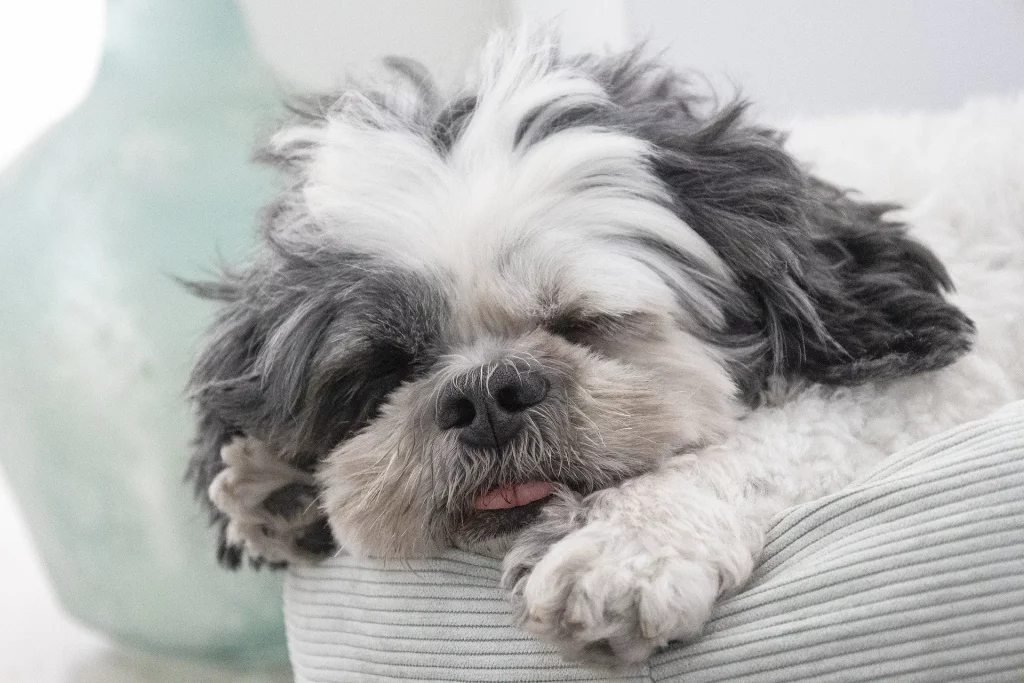
Monitor for signs of nausea—lip licking, drooling, refusal of even tempting foods. If vomiting occurs more than once, call your vet before attempting another feeding.
Special Cases: Tailored Feeding by Procedure
Each type of surgery may require specific nutritional attention:
- Dental surgery: Soft foods only. Skip dry kibble or hard treats for 7–10 days. Wet food, purees, or soaked kibble are ideal.
- Spay/neuter: Normal food can often resume within 24 hours, but reduce portions slightly to prevent post-anesthesia bloating or gas.
- Orthopedic surgery: High protein, joint-supporting nutrients (glucosamine, omega-3s), and monitored calorie intake to prevent weight gain during restricted movement.
- GI surgery (foreign body removal, etc.): Very bland, low-fat diets for 5–7 days. Prescription recovery formulas or home-cooked lean meats with starches like pumpkin or rice.
- Tumor removal/cancer surgery: Focus on antioxidants, moderate fat, high-protein, and possible therapeutic diets (like low-carb for certain cancers).
- C-section or lactating mothers post-surgery: Increased calories, calcium, and water to support nursing and wound healing.
Foods to Avoid Post-Surgery
Even the most common pantry items can cause issues after surgery. Keep these off the menu:
- Spicy or seasoned foods
- Fatty meats like pork belly or beef trimmings
- Dairy (unless your pet is already used to it)
- Commercial treats with dyes or artificial flavoring
- Bones, rawhide, or chews—can irritate or block digestion
- Raw food diets (temporary suspension usually advised post-op)
- Over-the-counter supplements unless vet approved
The Power of Hydration and Feeding Routine
Recovery depends as much on fluids as it does on food. Anesthesia often leads to dehydration, and post-op meds like antibiotics can strain the kidneys. Encourage water intake constantly. Use:
- Ice cubes for dogs who refuse bowls
- Pet water fountains for cats
- Bone broth mixed with meals
- Water-rich wet food to increase hydration passively
Stick to consistent feeding times, even if portions are small. Routine helps pets regain appetite and eases stress on the digestive system. For pets on multiple medications, align feeding with dosing to reduce nausea or acid reflux.
Signs Your Pet Is Healing Well (or Not)
Keep track of recovery with a feeding and symptom log. Good signs include:
- Eating 75–100% of meals by day 3 post-op
- Normal or slightly soft stool within 48 hours
- Gradual return of energy and interest in surroundings
- No vomiting after meals
- Steady hydration and urination
Contact your vet immediately if you see:
- Refusal to eat for more than 48 hours
- Repeated vomiting or severe diarrhea
- Signs of bloating, panting, or abdominal pain
- Wound licking that breaks sutures (can interfere with feeding habits too)
When to Transition Back to Normal Food
Most pets can return to their regular diet within 7–10 days post-surgery—assuming no complications. For some, especially those who had GI procedures or chronic illness, longer transitions may be needed.
Do it gradually:
- Mix old and new food 50/50 for two days
- Increase old food to 75% for two more days
- Resume 100% original food by the end of the week
If the recovery diet proves especially well-tolerated, consider keeping it or using it occasionally during illness or flare-ups.
Conclusion: Nutrition That Heals
Feeding a pet after surgery isn’t just about calories—it’s about creating the optimal internal environment for healing. From lean proteins that rebuild tissue to gut-soothing ingredients that prevent complications, the right diet can shorten recovery time, boost energy, and prevent dangerous setbacks.
Whether your pet has had a simple procedure or a major operation, recovery begins with the bowl. Choose wisely, feed gently, and observe closely. Your calm support and thoughtful nutrition could be the difference between slow healing and a safe, strong return to health.



